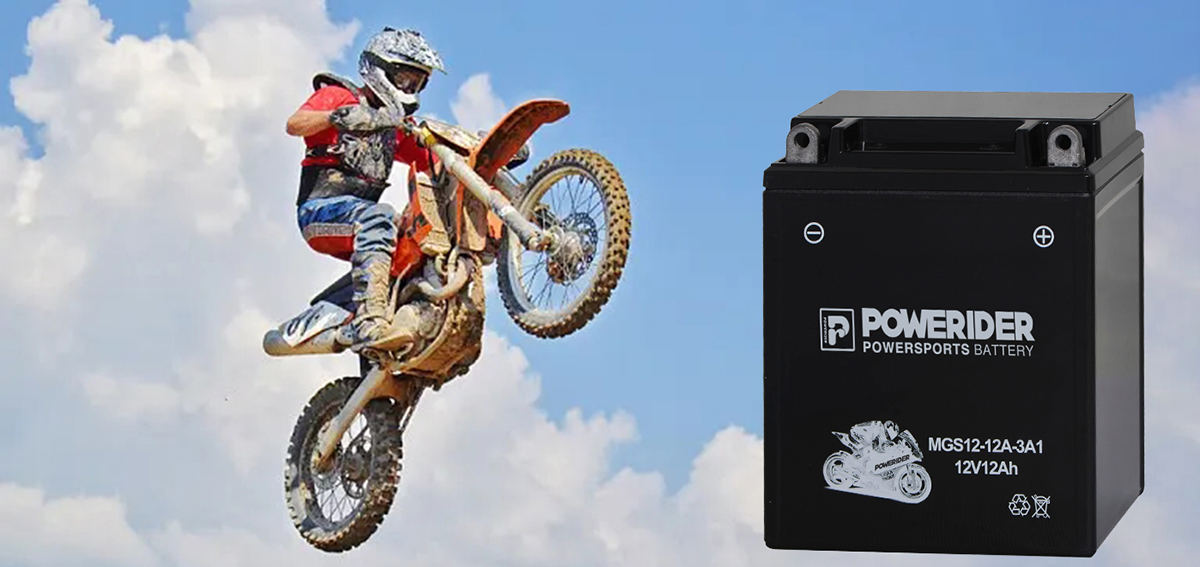
Privacy statement: Your privacy is very important to Us. Our company promises not to disclose your personal information to any external company with out your explicit permission.
Discharging: When a battery is delivering current, it is said to be discharging.
Electrolyte: In a Lead acid battery, the electrolyte is sulfuric acid diluted with water. It is a conductor that supplies water and sulfate for the electrochemical reaction: PbO2 + Pb + 2H2SO4 = 2PbSO4 + 2H2O.
Electronic Tester: An electronic device that assesses the condition of a battery through an ohmic measurement such as resistance or conductance, typically without drawing large current loads.
Element: A set of positive and negative plates assembled with separators.
Formation: In a Maintenance Free Car Battery manufacturing, formation is the process of charging the battery for the first time. Electrochemically, formation changes the lead oxide paste on the positive grids into lead dioxide and the lead oxide paste on the negative grids into metallic sponge lead.
Gel: Electrolyte that has been immobilized by the addition of a chemical agent, normally fine silica, to prevent spillage. Batteries made with gelled electrolyte are often referred to as gel batteries. Gel batteries are one typical type of Vrla Deep Cycle Battery.

Grid: A lead alloy framework that supports the active material of a battery plate and conducts current.
Ground: The reference potential of a circuit. In automotive use, the result of attaching one Vrla Battery Deep Cycle cable to the body or frame of a vehicle that is used as a path for completing a circuit in lieu of a direct wire from a component. Today, over 99 percent of automotive and LTV applications use the negative terminal of the battery as the ground.
Terminals: The electrical structures on the battery to which the external circuit is connected. Typically, batteries have either top terminals (posts) or side terminals. Some batteries have both types of terminals (dual terminal).
Vents: Mechanisms that allow gases to escape from the battery while retaining the electrolyte within the case. Flame-arresting vents typically contain porous disks that reduce the probability of an internal explosion as a result of an external spark. Vents come in both permanently fixed and removable designs.
Hydrometer: A device used to measure the strength (i.e., the concentration of sulfuric acid in the electrolyte) of the electrolyte through specific gravity of the electrolyte.Intercell Connectors: Lead structures that connect adjoining cells in series, positive of one cell to the negative of the next, within a battery.
Lead Acid Batteries: Battery made up of plates, lead and lead oxide (various other elements are used to change density, hardness, porosity, etc.) with a 35 percent sulfuric acid and 65 percent water solution. This solution is called electrolyte, which causes a chemical reaction that produces electrons.
Load Tester: An instrument that draws current (discharges) from a battery using an electrical load while measuring voltage. It de
Separator: A porous divider between the positive and negative plates in a cell that allows the flow of ionic current to pass through it, but not electrical current. Separators are made from numerous materials such as polyethylene, polyvinyl chloride, rubber, glass fiber and cellulose.Plates: Thin, flat structures composed of a grid and active material. The grid supports the active material and conducts electrons out of the cell. Plates are either positive or negative, depending on the active material they hold.

Privacy statement: Your privacy is very important to Us. Our company promises not to disclose your personal information to any external company with out your explicit permission.

Fill in more information so that we can get in touch with you faster
Privacy statement: Your privacy is very important to Us. Our company promises not to disclose your personal information to any external company with out your explicit permission.